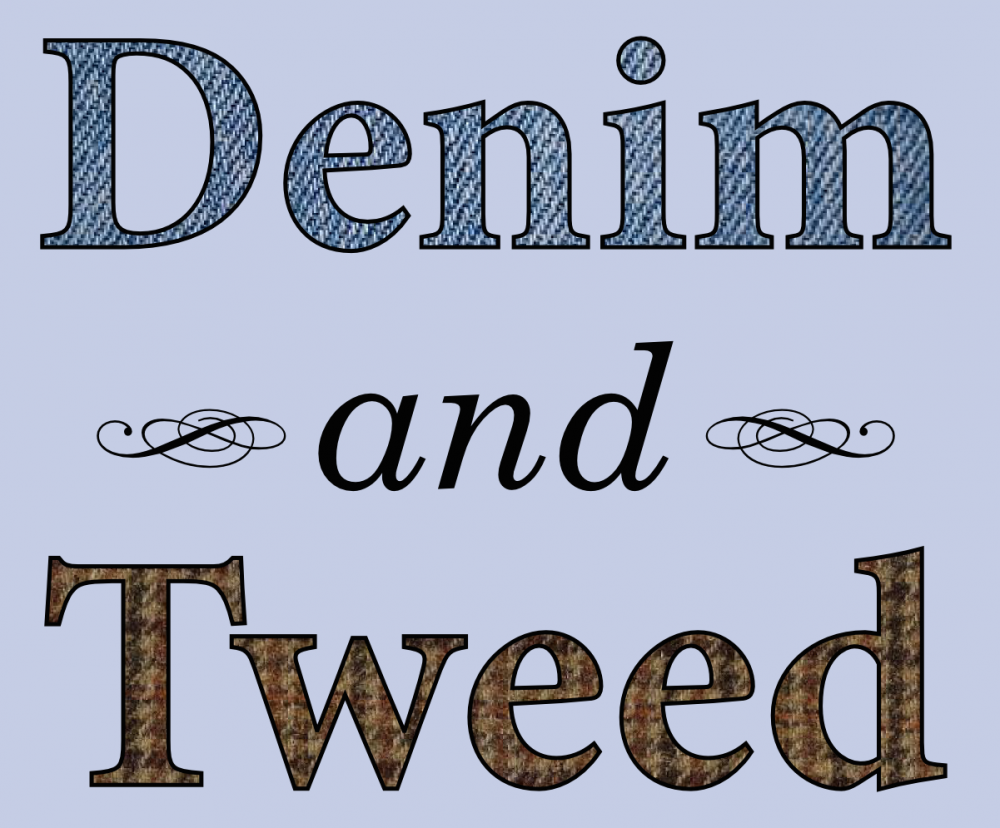 Beerquake. Photo by dongga BS.
Beerquake. Photo by dongga BS.Boy, did I ever pick the right time to visit North Carolina. If only there were some sort of widely-available medium through which working geologists could explain what shook up the East Coast on Wednesday …
- Darwin and Boyle were way into dice-playing. Biology and chemistry are more than just extra-complicated physics, because they deal in randomness.
- Introducing Ms. Homunculus. Scicurious discusses a new map of brain regions activated by stimulation of the vagina.
- Mad science in a good cause. A proposed new treatment for malaria would work by microwaving the patient.
- Maybe what they need is a well-written Wikipedia page? People who grew up with Internet search engines don’t know how to use them effectively. (See also.)
- One thing’s for certain: there’s more taxonomizing to be done. A new study suggests that taxonomy isn’t endangered after all; but see also.
- The “underwater view” will haunt my dreams. Lampreys really, really hate the smell of rotting flesh.
- It comes in pints! The new Sam Adams Boston Lager Glass (TM) may not be the paragon of beer-containment that it claims, but it is the latest in a long history of cups, beakers, and tankards.
- Defining a new adaptive zone for evolutionary ecology. The observation that anoles living in different micro-habitats had different body types, and that those body types might be related to life in the micro-habitats, was first published fifty years ago.
- That burbling sound is “Thus Spake Zarathustra” playing underwater. Now dolphins are using conch shells as tools.
Finally, from a compilation of timelapse videos of plants, here’s climbing morning glory. Tropisms in action!
◼








